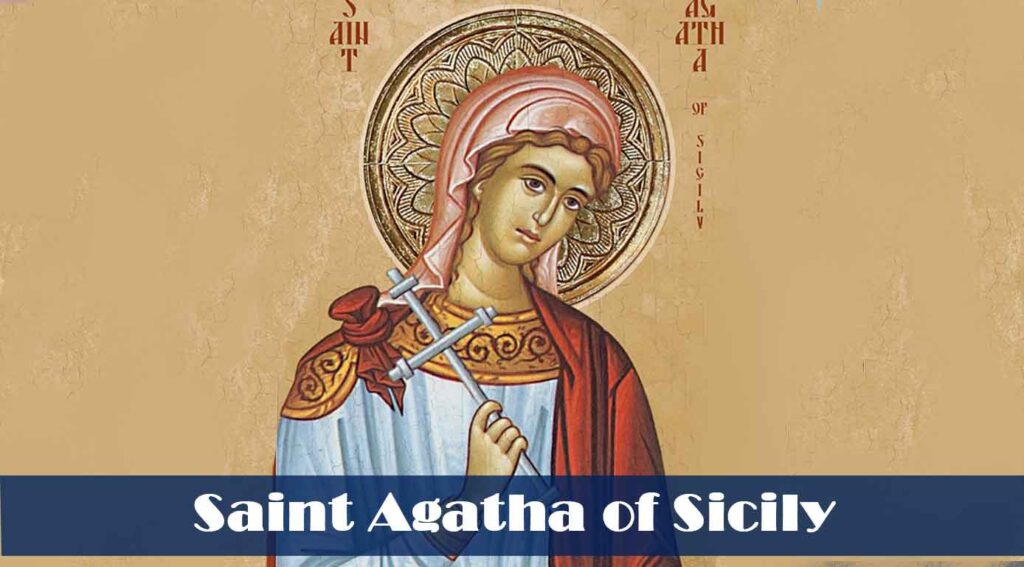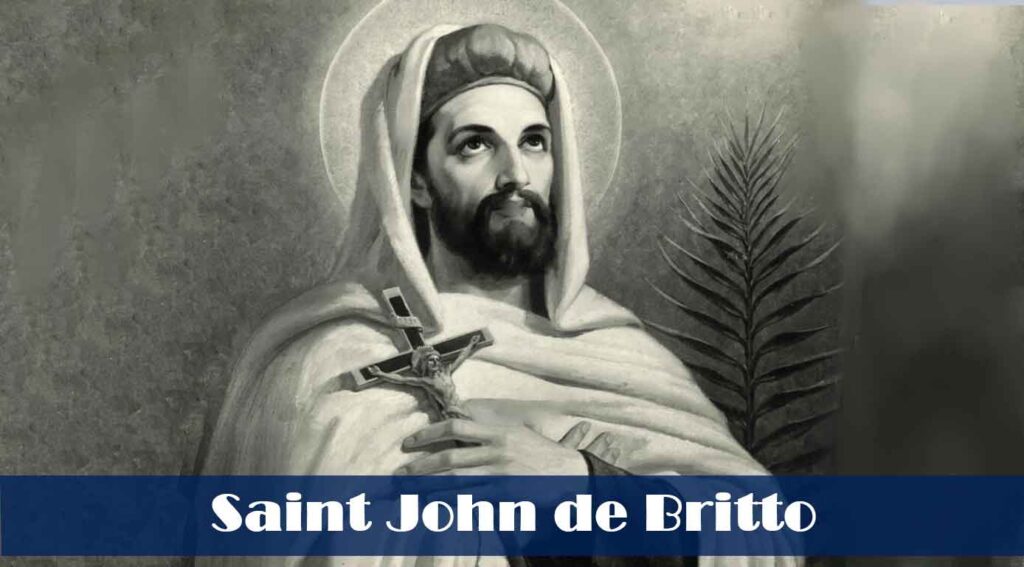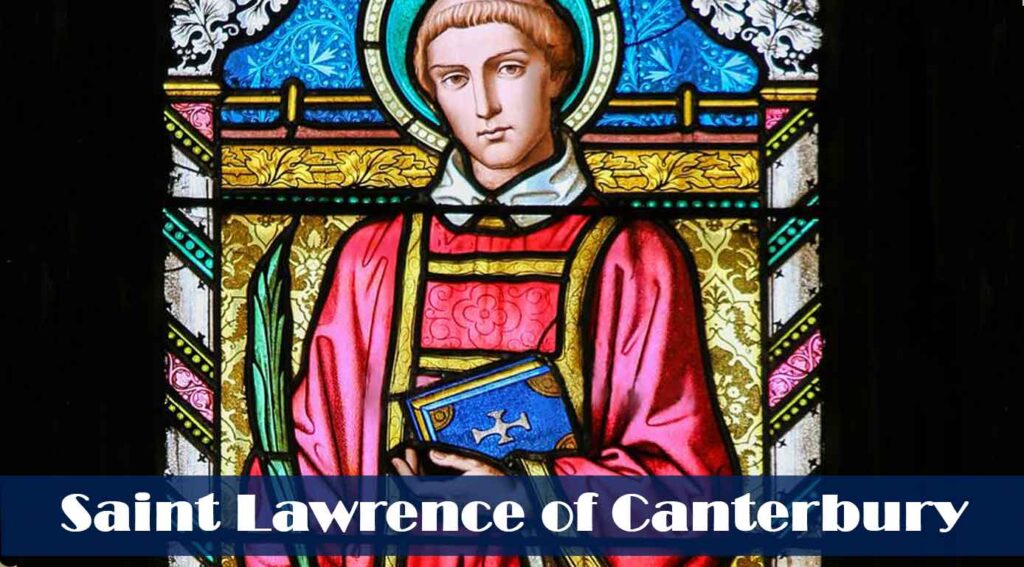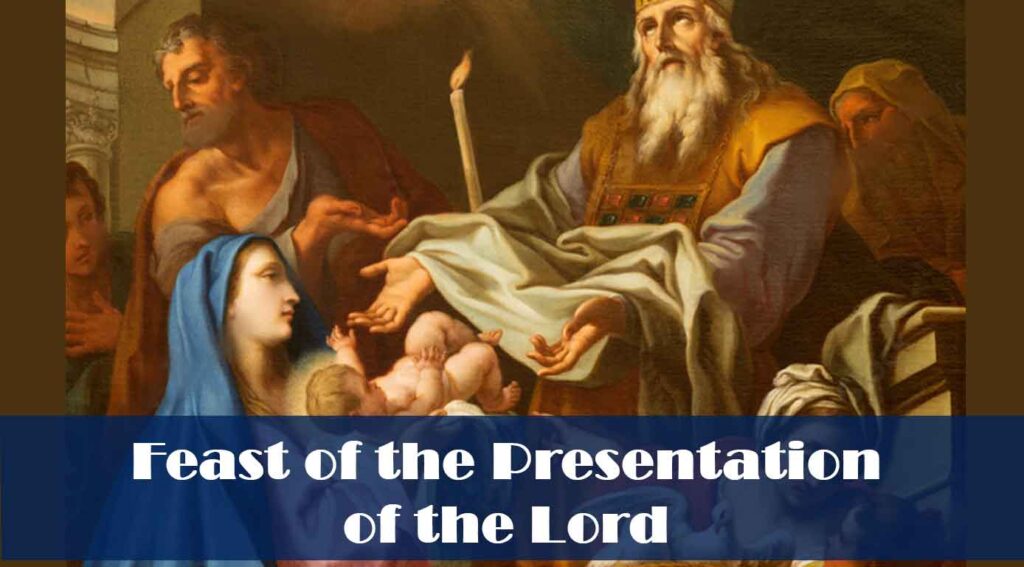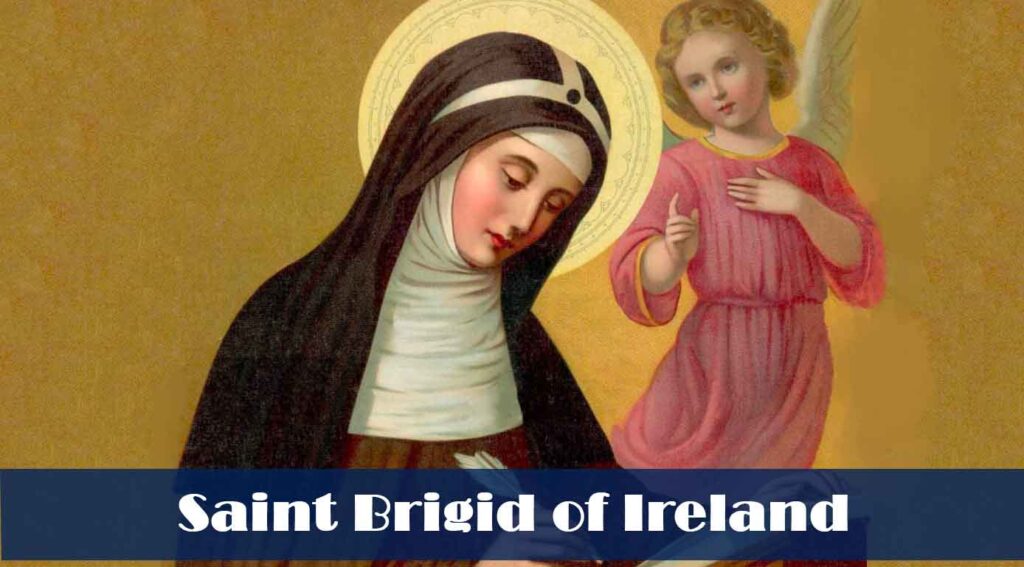2 Chronicles 7:14
Verse:
If my people, who are called by my name, will humble themselves and pray and seek my face and turn from their wicked ways, then I will hear from heaven, and I will forgive their sin and will heal their land.” - 2 Chronicles 7:14
A Prayer for Special Intentions
Almighty and loving Father,
I thank you for giving St. Gerard to us
as a most appealing model and powerful friend.
By his example,
he showed us how to love and trust You.
You have showered many blessings
on those who call upon him.
For Your greater glory and my welfare,
please grant me the favours
which I ask in his name.
(Mention your needs here...)
And you, my powerful patron,
intercede for me before the throne of God.
Draw near to that throne
and do not leave it until you have been heard.
O good saint,
to you I address my feverent prayers;
graciously accept them
and let me experience in some way
the effects of your powerful intercession.
Amen.



